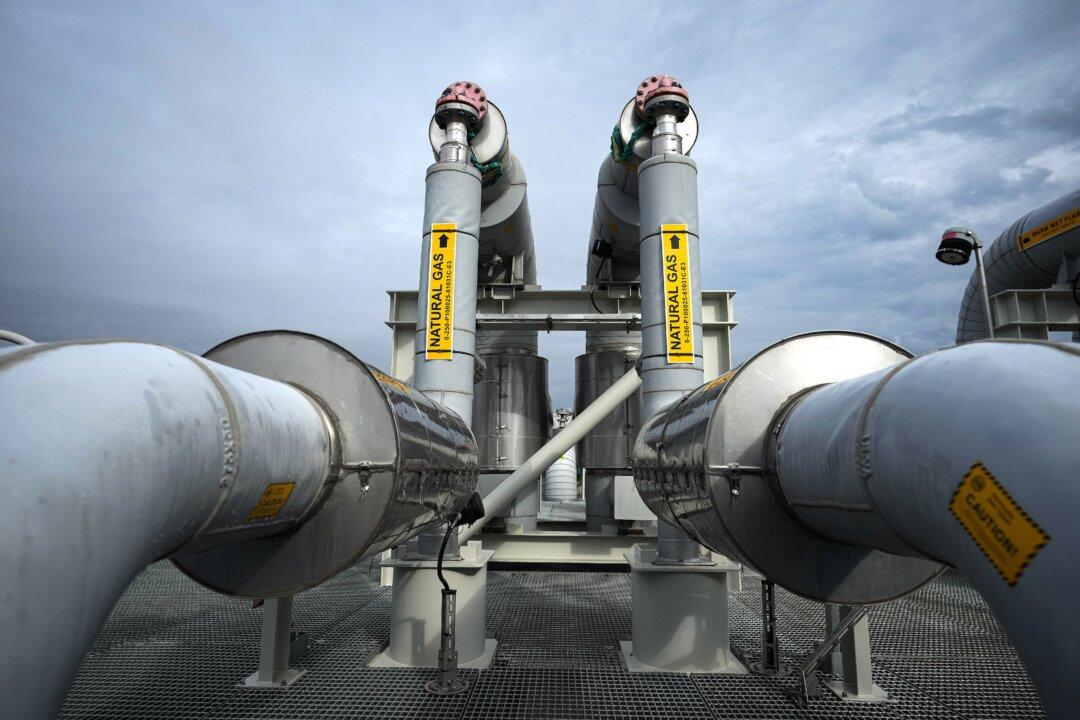The Freedom Convoy was “extremely lawful” and “peaceful” before arriving in Ottawa, hence the Ottawa Police Service (OPS) adopted an adequate position at the time, its interim chief said on Oct. 24.
“Their behaviour as it’s described within the intelligence reports and reports we had back [then] was that they were extremely lawful, that there was no antisocial behaviour that they were engaged in, and [these were] the observations for a number of days,” Steve Bell told the Public Order Emergency Commission.





